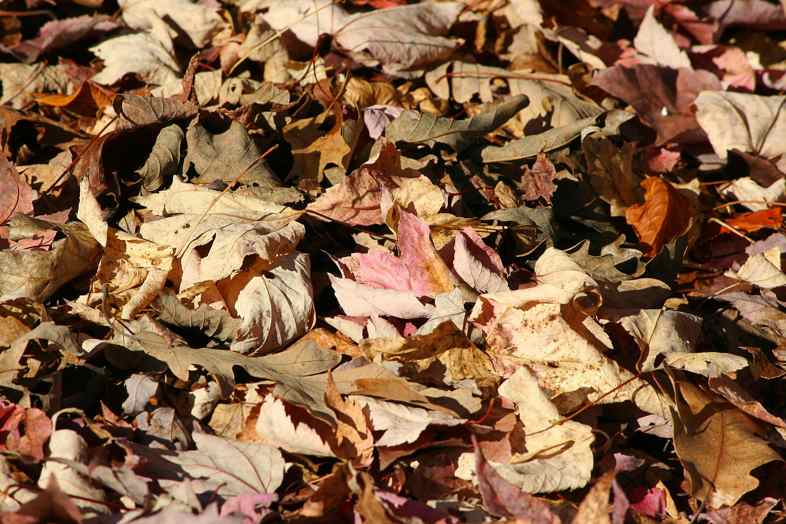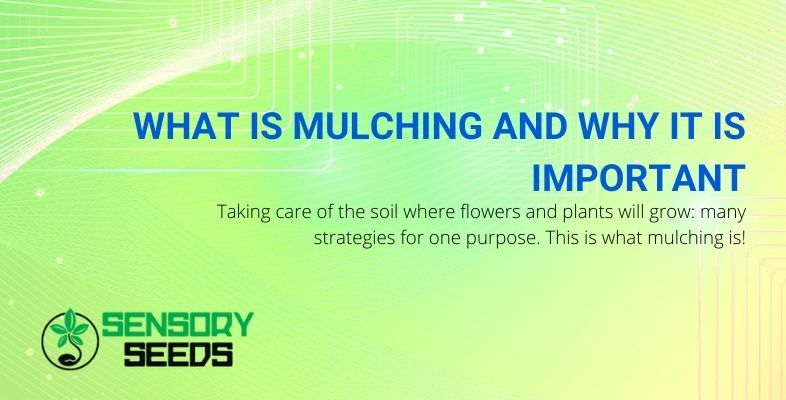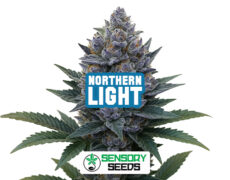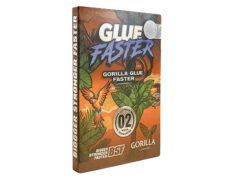Modified on: 03/05/2021
Taking care of the soil where flowers and plants will grow: many strategies for one purpose. This is what mulching is!
Maybe you have used this technique without knowing its definition; maybe you are not able to describe what mulching is for its strange name, but you have certainly applied this method for the well-being of the soil and plants.
Gardening in a biological way is an experience that takes you back to the origins and using mulch allows this type of exploration, especially when carried out with quality materials and in a natural environment.
Having a short walk, inside any wood, you will notice that the type of soil on which you move is made up of a different material from that used for potted plants or from that in gardens.
Even the smells and the light will create a totally different environment compared to everything that surrounds us in everyday life, but digging for a few centimeters we will find something similar to our soil.
The layer we are going to dig is the mulch: a fertile layer of life, a connection between soil and plant. On the other hand, just below the mulch there is a recognizable, moist and soft soil, full of insects and microbes.
Now, let’s imagine walking to the foothills of the Himalayas, among spontaneous cannabis plants, at the time when many people believed that the plant was born there… Marijuana seeds germinated in freedom, who knows what kind of mulch there must have been !?
Read also: What is fertilization and how it happens in the cultivation of cannabis.
Mulching brings you closer to ecology
From the Sensoryseeds blog we try to “fantasize” with you: the vision of an uncontaminated forest offers the starting point for the knowledge of a healthy ecosystem, in which everything lives and dies in a continuous cycle, without wastes!
In this way, we can understand what mulching is in the natural habitat and try to apply this technique in the most (eco)logical way possible.
Mulch consists of any organic material that has come to a certain point in its existence. What is mulching in a forest? Everything that is in a state of decomposition in the surrounding environment.
The leaves, what we call undergrowth, the trees themselves if they are decaying, they are all essential inputs for the development and perpetuation of woodland life.
As for the home garden, the process is the same. When cultivating any type of plant, “nutrients” must not be removed, because these will not be returned to the soil as nature would. In case of a lack of nutrients, the only remedy is to add mulch. In the case of marijuana plants, mulching is also essential.
Cannabis seeds brought to germination and the cultivation of these plants are not allowed by legislation; but we know well that where it is allowed to take care of cultivation, the breeder will be very careful not to block the growth process, on the contrary, he will make sure that everything is going well.
With the plant and garden life cycle in mind, the grower will consciously use mulching to achieve all possible benefits.


The positive effects of a natural mulch
In the various stages of growth, whether it is dwarf auto flower seeds, fast flowering or feminized seeds, nutrients are extracted from the soil, from the embryo to the plant. These substances are properly transferred from the ground and used as constitutive elements for the development of alive parts of the plant.
Everything that dies and begins its decomposition phase, being rich in stored nutrients, releases this richness back into the soil, so living plants and all the surrounding soil will benefit from this cycle.
Decomposing materials provide the right habitat for microbes, fungi, bacteria and insects useful for the natural cycle of life. Some of these elements will already be found in the soil, while mulching will offer an additional ecosystem, adequate to thrive on plant nutrition.
Using the stems of an old crop, fast flowering cannabis (but also fast flowering feminized or simple fast seeds), will help reintroduce nutrients into the soil supply network.
The woody mulching given by the tree bark (it’s better to avoid that of cedar and walnut threes) is also excellent for seed plants of any fast flowering strains.
If no pesticides or other chemicals are used, organic garden waste, grass clippings, pruned leaves and branches of old plants (for example from feminized seeds) are perfect as mulch. If the mulching has a tick layer, the water will evaporate less quickly from the soil and it will remain adequately moist.
Read also: Fastest Autoflowering: In the challenge of the most productive strains, we have a winner!
Furthermore, the mulch will not permit parasites to access the plant easily, so it will not be stressed by any diseases. Finally, mulch provides balance to the top layer of the soil, protecting it from both excessively cold and hot temperatures. For collectors devoted to Sensory seeds, we hope that all of this inspires a passion for an ecological type of gardening.









